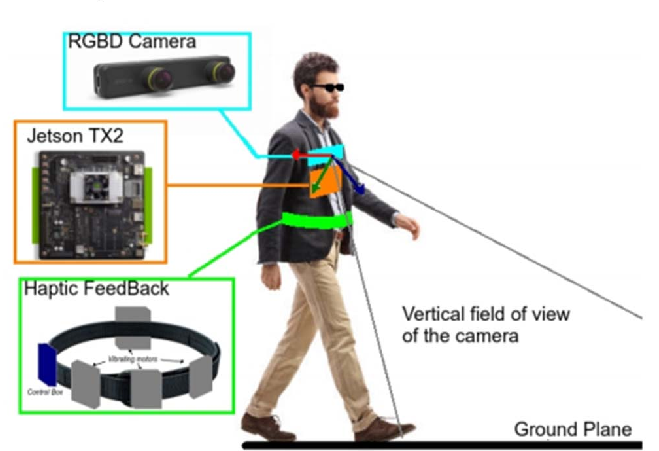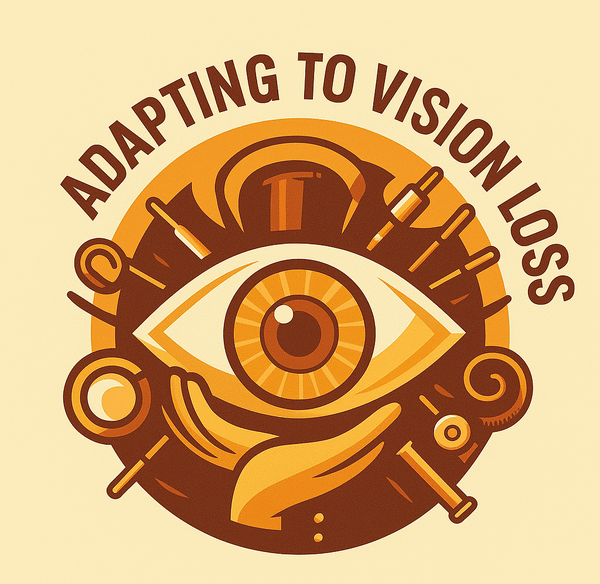
Mobility isn’t just about moving from one place to another; it’s about reclaiming independence and enhancing personal freedom. Understanding what mobility truly means in terms of independence sets the stage for a better life. Whether we’re navigating through city streets or simply moving around the house, mobility plays a significant role in daily living.
The Psychological Impact of Mobility
The benefits of mobility extend far beyond physical movement. Being able to move independently fosters confidence, reduces feelings of isolation, and enhances overall well-being. Imagine the sense of freedom that comes with being able to visit friends, run errands, or attend events without needing constant assistance.
Take the example of Jane, who, with the help of a mobility scooter, found a renewed sense of independence. She not only regained physical freedom but also experienced a positive shift in her mental well-being. Stories like Jane’s highlight how crucial mobility is to living life fully and with dignity.
The Role of Technology in Enhancing Mobility
Technology has transformed how we view and achieve mobility today. A wide range of mobility aids—from traditional wheelchairs and scooters to high-tech smart canes and wearable navigation devices—offer customized solutions that cater to different needs.
Advances in assistive technology continue to revolutionize mobility, especially for visually impaired individuals. Real-time audio feedback, haptic signals, and GPS-guided navigation tools make moving through familiar and unfamiliar spaces safer and more intuitive. For example, smart canes now come with obstacle detection features, allowing users to navigate their surroundings more efficiently.
User-friendly apps also play a major role in accessibility. Apps that read text aloud or offer turn-by-turn navigation specifically designed for low-vision users transform previously challenging tasks into achievable goals. These tech advancements ensure that visually impaired individuals remain active participants in their own lives.
Access to these technologies is crucial, and organizations worldwide are working to make them more attainable. Various institutions provide funding assistance programs and training sessions to ensure users are comfortable with their new devices. Partnering with professionals for training and guidance is vital in maximizing the potential of mobility aids, leading to greater independence and empowerment.
The Benefits of Enhanced Mobility
Greater mobility leads to a better quality of life. The mental health benefits alone make a compelling case for embracing mobility aids. When movement becomes easier, individuals often experience a heightened sense of accomplishment, reduced stress, and increased confidence.
Enhanced mobility also opens doors to social engagement. Whether attending a family gathering, participating in community events, or joining a local club, mobility fosters a more active and connected lifestyle. Staying socially engaged prevents isolation and contributes to emotional well-being.
Economic opportunities also expand with increased mobility. More accessible job locations and essential services become available, leading to financial independence. When physical limitations are no longer a barrier, career prospects improve, and the ability to contribute economically grows.
Studies show that mobility devices significantly enhance quality of life and independence. Users frequently report increased self-esteem and overall satisfaction with life once mobility improves.
Mobility aids also alleviate caregiver burdens, offering support not just to the individual but to their family and friends as well. With greater independence, relationships improve, and everyone involved experiences a more balanced life.
Challenges in Achieving Independence Through Mobility
Despite its many benefits, achieving mobility independence comes with challenges. Physical and emotional barriers can be daunting, and adjusting to mobility aids may require patience and support.
Financial constraints can also be a major hurdle. Many mobility devices, especially high-tech ones, are expensive. Fortunately, assistance programs from governments, nonprofits, and advocacy groups help make these aids more accessible. Exploring funding options and grants can significantly ease the financial burden.
Infrastructure remains another obstacle. Despite improvements, public spaces often lack full accessibility. Uneven sidewalks, poorly designed public transportation, and buildings without ramps or elevators can create difficulties for individuals using mobility aids. Advocacy for improved infrastructure and policy changes is essential in making spaces more inclusive.
Societal stigma and biases toward mobility aid users continue to persist. Many individuals feel self-conscious about using assistive devices due to misconceptions about disability. Public education and open conversations about the necessity and benefits of mobility aids can help break down these barriers.
Future Trends: Mobility Innovations
Looking ahead, the future of mobility is promising. Emerging technologies, including AI-driven navigation tools and autonomous mobility devices, are transforming the landscape. Innovations such as stair-climbing wheelchairs and robotic assistance systems are breaking traditional limitations, making mobility more seamless than ever.
Policy changes play a crucial role in ensuring accessibility advancements are widely available. Continued advocacy efforts help shape legislation that improves funding for assistive technology and mandates infrastructure updates to accommodate mobility device users.
Innovative startups are also contributing to the field. For example, companies developing voice-activated mobility aids and smart wearables are revolutionizing how people with visual impairments navigate the world. Stories of these innovations serve as inspiration, demonstrating the power of technology in enhancing independence.
Experts agree that the future of mobility lies in integrating smarter, more adaptive technologies into everyday life. Staying informed about these trends empowers individuals to embrace new opportunities and remain actively engaged in their communities.
Resources for mobility advancements continue to grow. From online forums to local community workshops, accessing these platforms provides valuable insights into the latest developments in mobility technology and accessibility solutions.
Conclusion
 Mobility is more than just movement—it’s a pathway to independence, confidence, and a better quality of life. From assistive technology and user-friendly apps to advocacy for improved accessibility, numerous factors contribute to enhancing mobility for individuals with vision loss.
Mobility is more than just movement—it’s a pathway to independence, confidence, and a better quality of life. From assistive technology and user-friendly apps to advocacy for improved accessibility, numerous factors contribute to enhancing mobility for individuals with vision loss.
As technology continues to evolve, so do opportunities for increased freedom and independence. By staying informed, seeking support, and embracing innovations, individuals can reclaim their mobility and live more fulfilling, independent lives.
